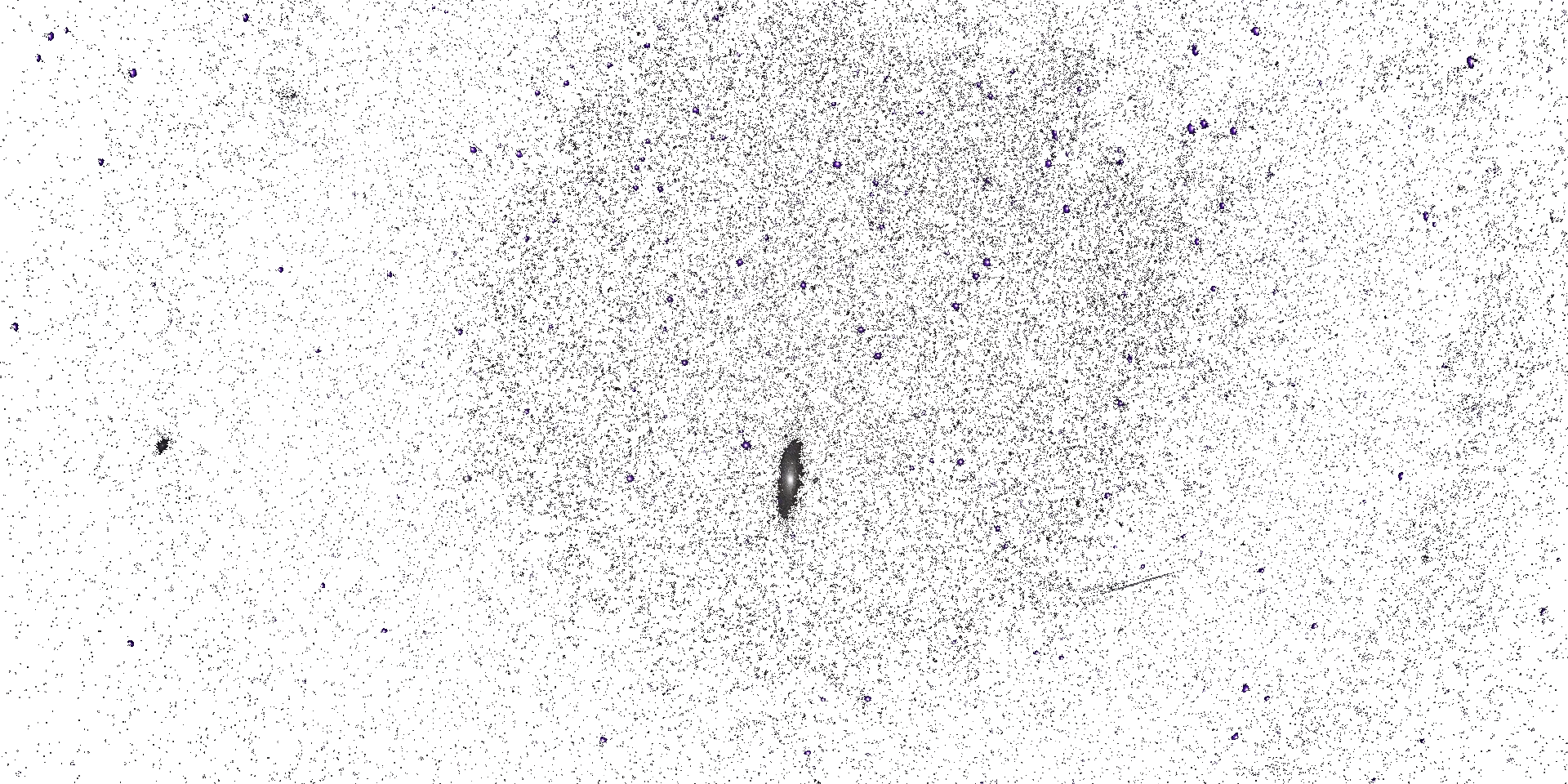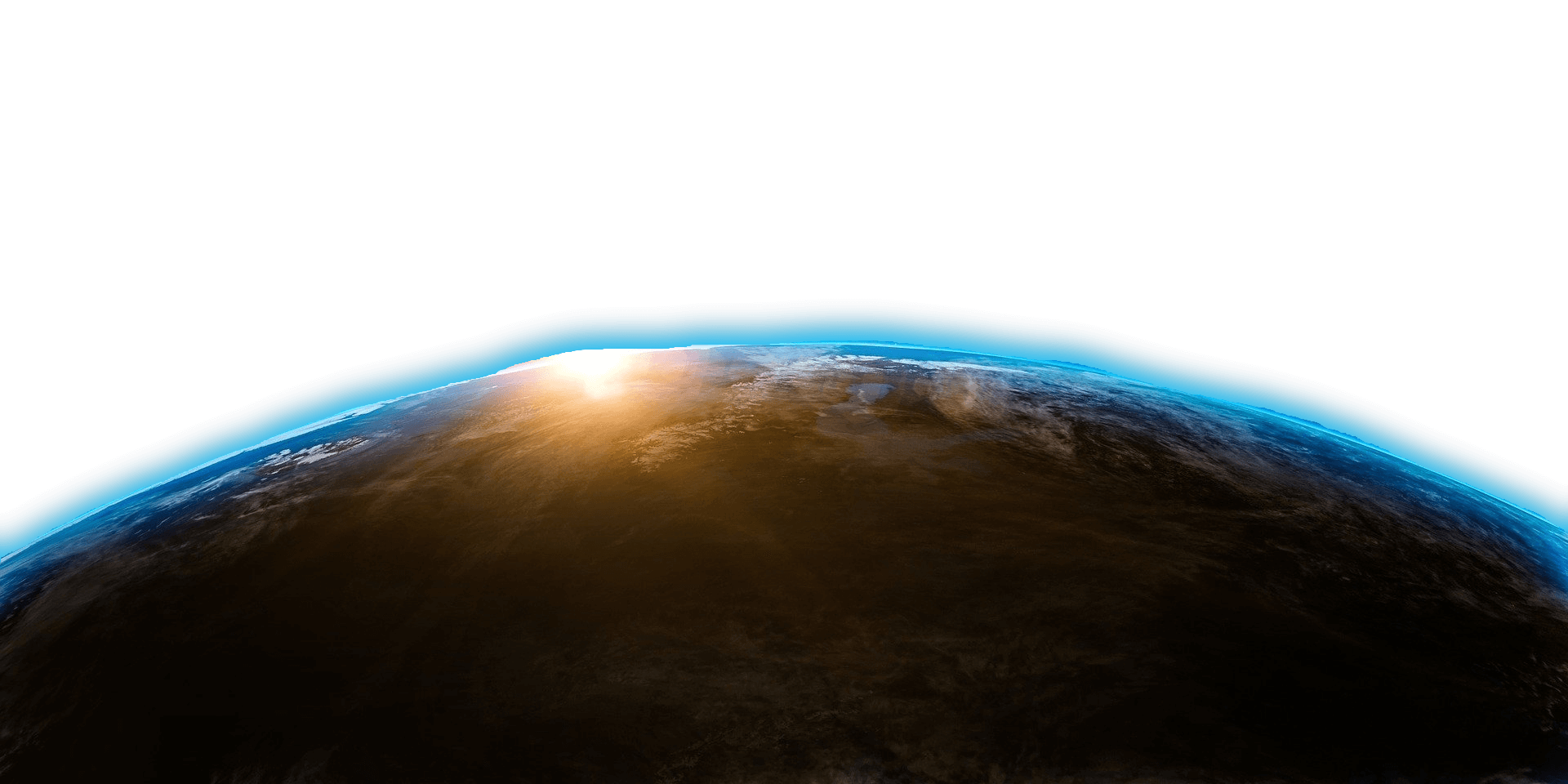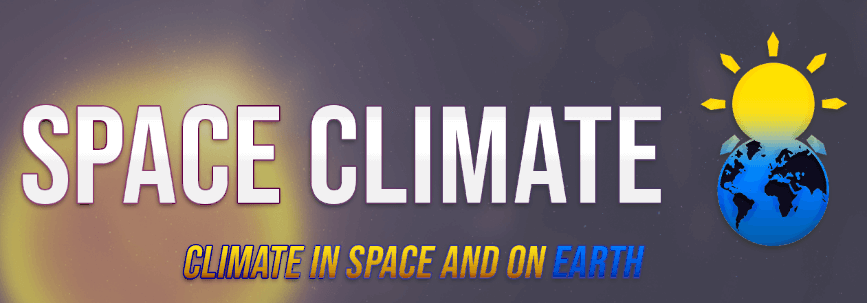




Space Climate 8 Meeting Abstract
Understanding and Predicting the Bicentennial Solar Cycle (long abstract)
Jean-Guillaume RICHARD (Independent Scholar)
1) The quasi-bicentennial periodicity in reconstructed sunspot numbers and the ≈ 2 400-yr Hallstatt periodicity in radiocarbon are usually ascribed to the Sun, even though there are no known or postulated dynamo processes at these timescales. The bicentennial variation is detected in the Holocene as the well-known de Vries quasi-periodicity of ≈ 205-210 yr. However, Sonett et al. (1990) and other authors detected a “companion” periodicity with as much significance: a ≈ 230-yr oscillation. Damon and Peristykh (2000) wrote: “The 207-yr cycle is always accompanied by a 226-232 yr companion in various analyses” of the Holocene record. This companion has been confirmed in several recent reconstructions, e.g. in nine published frequency analyses since 2005. As well, in the time domain, since 2190 BC in Inceoglu et al. (2015) the mean waiting-time between grand minima has been 227 yr.
What is the possible solar cause for the two closely-packed, highly significant (> 99%) oscillations? As was immediately realized, by definition any amplitude modulation of the de Vries cycle by the Hallstatt cycle would generate two, rather than one, mirror sidebands. The lack of the shorter band was called by Damon and Sonett (1991) the “major failing shared with all attempts to explain the full spectrum” of the 14C record, also regretted in Damon and Peristykh (2000). Besides, such modulation would provide no clue to the ultimate origin of the two bicentennial companions: both the primary frequency and the modulating Halstatt periodicity would be unexplained. In contrast, the three cited periodicities > 22 yr can be explained by a single solar process: the beat of the three most-significant dynamo periodicities < 22 yr.
After several authors (e.g. Cole 1973 and Rozelot 1994) Richard (2020) noted that the broad Schwabe-cycle peak consists in three separate frequency inverses (ISN, 1700-2009). They are: a ≈ 11.0 yr, b ≈ 10.5 yr, and c ≈ 10.0 yr, where b is also the period of autocorrelation of the cycle (see also: Richard 2019, Space Climate 7 Poster). The two-frequency beats with b are B1 = 210 yr and B2 = 231 yr, and the three-frequency beat (or “beat of beats”, or “secondary” beat) is B3 = 2 310 yr.
In addition, there is between a and c a beat which was already suggested by several authors, e.g. by Feynman and Ruzmaikin (2014) and by Le Mouël, Lopes, and Courtillot (2017): 110 yr. This quasi-centennial oscillation is well-known in ISN although it is less pronounced than the bicentennial one in reconstructed ISN. It accounts for the spacing of the last four grand-minimum trough-epochs (± < 5 yr): Maunder (≈ 1699), Dalton (ISN: ≈ 1810), Gleissberg (ISN: ≈ 1906), and possibly Cycle 24-25 (ISN trough: ≈ 2019?).
2) According to Feynman and Ruzmaikin (2014), in the Sun’s half-magnetic cycle a is the dipole frequency and c could be the quadrupole frequency. Hence, it is suggested here that b is the frequency of the mixed-parity mode (see, e.g., Weiss, Knobloch, and Tobias 1998 and Weiss and Tobias 2016). This third mode is as pervasive in synoptic solar magnetic fields (e.g., Sanderson et al. 2003) as the quadruple mode. While several authors propose a solar magnetic-quadrupole frequency distinct from that of the dipole, there is no evidence that it is indeed ≈ 10.0 yr. Instead, c could as well stem, e.g., from a dipole source distinct from a, for instance at a different depth in the Sun. As for b, it is likely under the dominant influence of the toroidal field-line winding process (Richard 2020).
Mode of presentation: oral (Need to be confirmed by the SOC)
